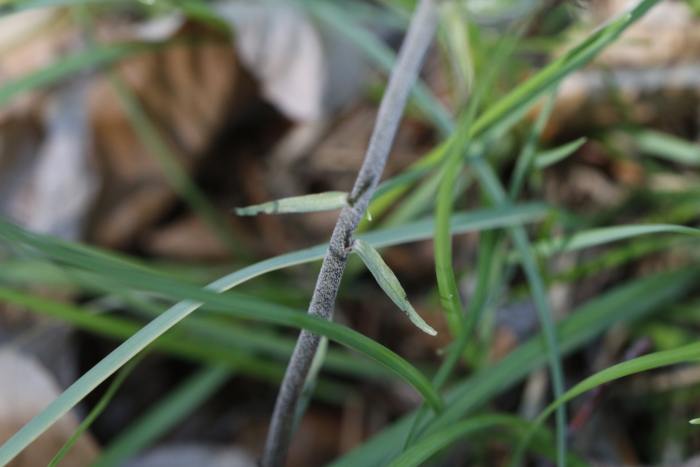Small-Leaved Helleborine
(Epipactis microphylla)
Small-Leaved Helleborine (Epipactis microphylla)
/
/

antrum
CC BY 4.0
Image By:
antrum
Recorded By:
Copyright:
CC BY 4.0
Copyright Notice:
Photo by: antrum | License Type: CC BY 4.0 | License URL: http://creativecommons.org/licenses/by/4.0/ | Rights Holder: antrum | Publisher: iNaturalist | Date Created: 2020-07-04T19:16:20-07:00 |
























Estimated Native Range
Summary
Epipactis microphylla, commonly known as Small-leaved Helleborine, is a perennial herbaceous orchid native to a variety of habitats including deciduous woodlands, forest margins, limestone outcrops, and occasionally in more open grassy areas in much of Europe and Southwest Asia, extending as far east as Iran. It is also found in North Africa, in the Babor mountains of Algeria. This orchid typically grows to a height of 20-40 cm and features small, greenish flowers that bloom in the summer. The flowers are not particularly showy but are interesting upon close inspection, with intricate structures typical of orchids.
Small-leaved Helleborine is valued for its ability to thrive in shaded conditions and calcareous soils, making it suitable for woodland gardens and shaded rockeries. It requires consistent moisture but well-drained soil to prevent root rot. It is a low-maintenance plant once established, but it is not commonly used in cultivation due to its subtle appearance. In its natural setting, it can be an indicator of ancient woodland. Gardeners should be aware that this orchid can be difficult to establish and may not readily adapt to garden conditions. It has no major disease problems, but slugs and snails can sometimes damage the foliage.CC BY-SA 4.0
Small-leaved Helleborine is valued for its ability to thrive in shaded conditions and calcareous soils, making it suitable for woodland gardens and shaded rockeries. It requires consistent moisture but well-drained soil to prevent root rot. It is a low-maintenance plant once established, but it is not commonly used in cultivation due to its subtle appearance. In its natural setting, it can be an indicator of ancient woodland. Gardeners should be aware that this orchid can be difficult to establish and may not readily adapt to garden conditions. It has no major disease problems, but slugs and snails can sometimes damage the foliage.CC BY-SA 4.0
Plant Description
- Plant Type: Herb
- Height: 0.5-1.5 feet
- Width: 0.5-1 feet
- Growth Rate: Slow
- Flower Color: Green, White
- Flowering Season: Summer
- Leaf Retention: Deciduous
Growth Requirements
- Sun: Part Shade, Full Shade
- Water: Medium
- Drainage: Medium, Slow
Common Uses
Bee Garden, Butterfly Garden, Low Maintenance, Potted Plant
Natural Habitat
Deciduous woodlands, forest margins, limestone outcrops, and occasionally more open grassy areas
Other Names
Common Names: Small-leaf Helleborine
Scientific Names: , Epipactis microphylla, Amesia microphylla, Epipactis athensis, Epipactis atrorubens, Epipactis atrorubens, Epipactis helleborine var. canescens, Epipactis helleborine var. microphylla, Epipactis helleborine var. nuda, Epipactis intermedia
GBIF Accepted Name: